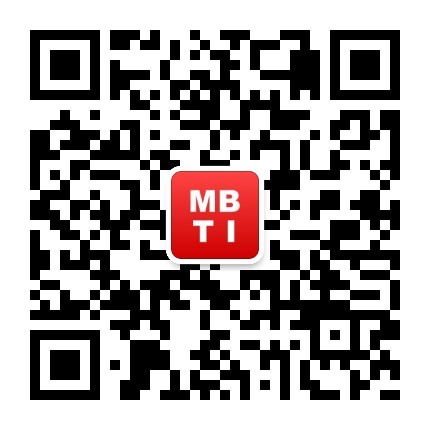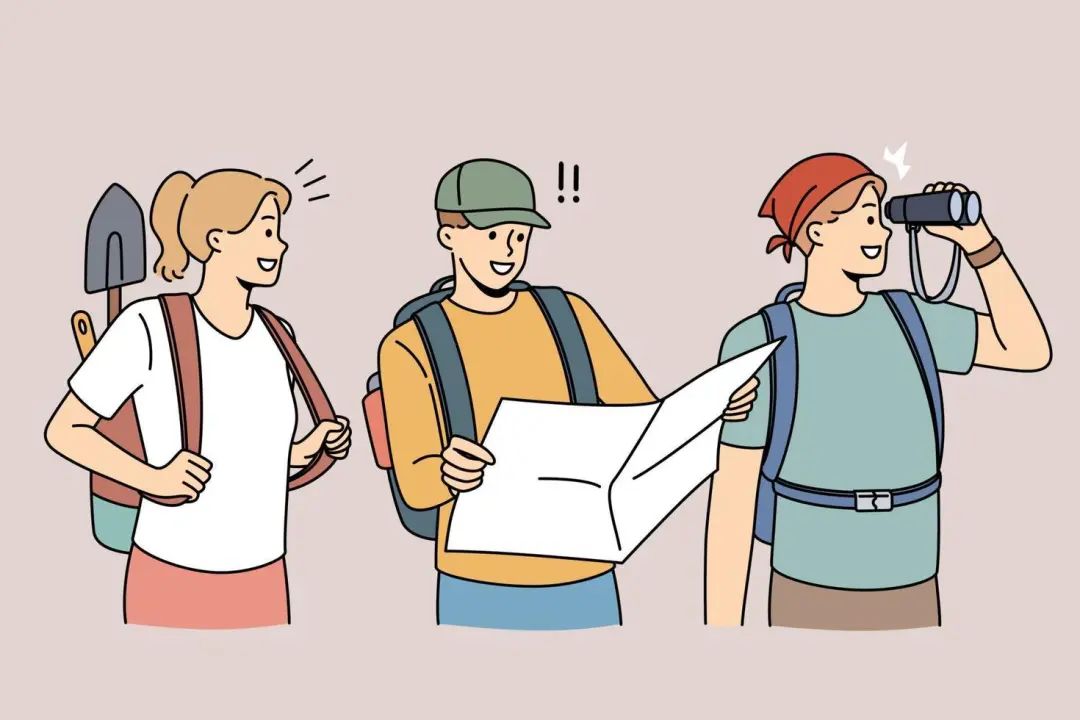Title: The Clash of Titans: Exploring the Encounter Between Intermediate INTJs and Advanced ENTPs
Introduction
The Myers-Briggs Type Indicator (MBTI) is a widely-used personality framework that categorizes individuals into 16 distinct types based on their preferences in four dichotomies: Introversion/Extraversion, Sensing/Intuition, Thinking/Feeling, and Judging/Perceiving. Among these types, INTJs and ENTPs are often regarded as intellectual powerhouses, each possessing unique strengths and weaknesses. This article delves into the fascinating dynamics that emerge when an intermediate INTJ encounters a high-level ENTP, exploring the psychological underpinnings of their interactions and the potential for growth and conflict.
The INTJ: The Mastermind
INTJs, often referred to as "The Mastermind," are characterized by their strategic thinking, independence, and a relentless pursuit of knowledge. They are natural problem-solvers, driven by a desire to understand the underlying principles of the world around them. Intermediate INTJs, while still developing their skills, exhibit a strong sense of purpose and a penchant for organization and planning.
The ENTP: The Visionary
ENTPs, or "The Visionary," are known for their ingenuity, quick wit, and a love for intellectual debates. They thrive on novelty and challenge, constantly seeking new ideas and opportunities. High-level ENTPs have honed their ability to think outside the box, making them adept at generating innovative solutions and navigating complex situations with ease.
The Psychological Dynamics of the Encounter
When an intermediate INTJ meets a high-level ENTP, the encounter can be both stimulating and challenging. On one hand, both types share a love for intellectual exploration and a drive for excellence. They are likely to engage in deep discussions, exchanging ideas and challenging each other's perspectives. This intellectual sparring can lead to mutual growth, as each type pushes the other to think more critically and creatively.
However, the differences between INTJs and ENTPs can also lead to friction. INTJs, with their preference for structure and planning, may find ENTPs' spontaneous and flexible approach disconcerting. Conversely, ENTPs might perceive INTJs as overly rigid and resistant to change. These differences can result in misunderstandings and conflicts, particularly if both parties are not open to adapting their communication styles and expectations.
The Potential for Growth
Despite the potential for conflict, the encounter between an intermediate INTJ and a high-level ENTP offers significant opportunities for personal and professional growth. INTJs can learn to embrace flexibility and adaptability from ENTPs, while ENTPs can benefit from INTJs' ability to plan and execute strategies effectively. By recognizing and valuing each other's strengths, they can form a powerful partnership that leverages their complementary skills.
Conclusion
The interaction between an intermediate INTJ and a high-level ENTP is a fascinating exploration of the psychological dynamics inherent in the MBTI framework. While their differences can lead to challenges, the potential for growth and mutual enrichment is immense. By fostering open communication, mutual respect, and a willingness to learn from one another, INTJs and ENTPs can transform their encounters into opportunities for intellectual and personal development. As they navigate the complexities of their interactions, they stand to gain not only as individuals but also as contributors to a more innovative and dynamic world.

微信公众账号
微信扫一扫加关注
评论 返回
顶部





发表评论 取消回复